Twelve Apostles
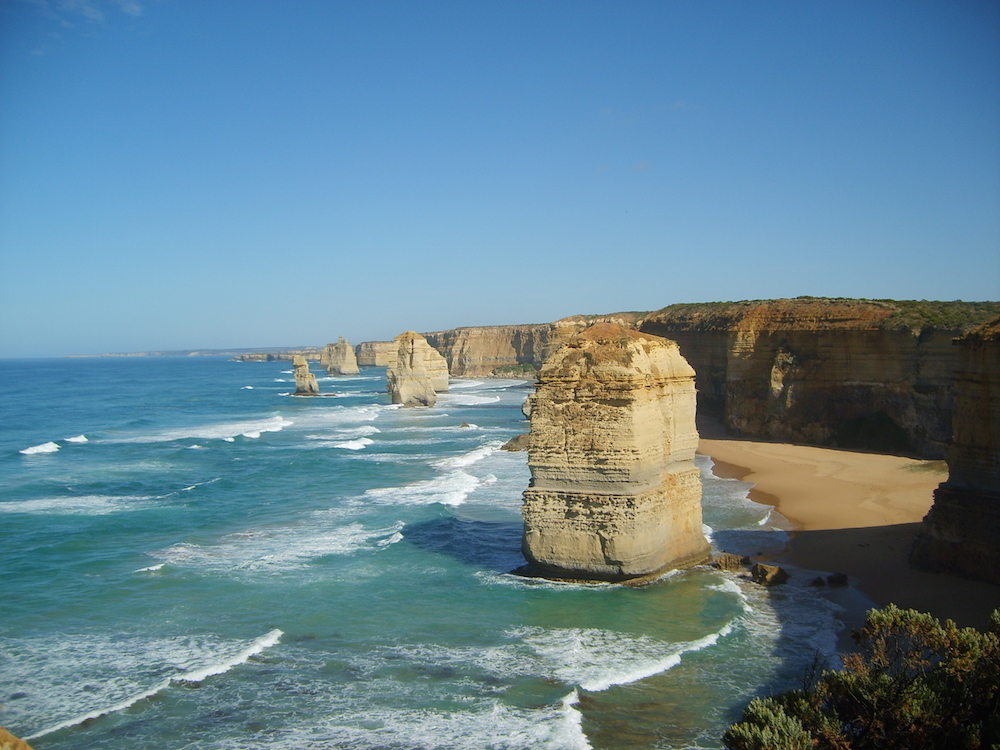
One of the most iconic tourist attractions, the Twelve Apostles are a series of limestone sea stacks that jut out from the coastline off Victoria, Australia. The limestone pillars are carved through erosion. Now, a new study published in January 2016 has revealed that similar structures lie beneath the waves.
Drowned Apostles
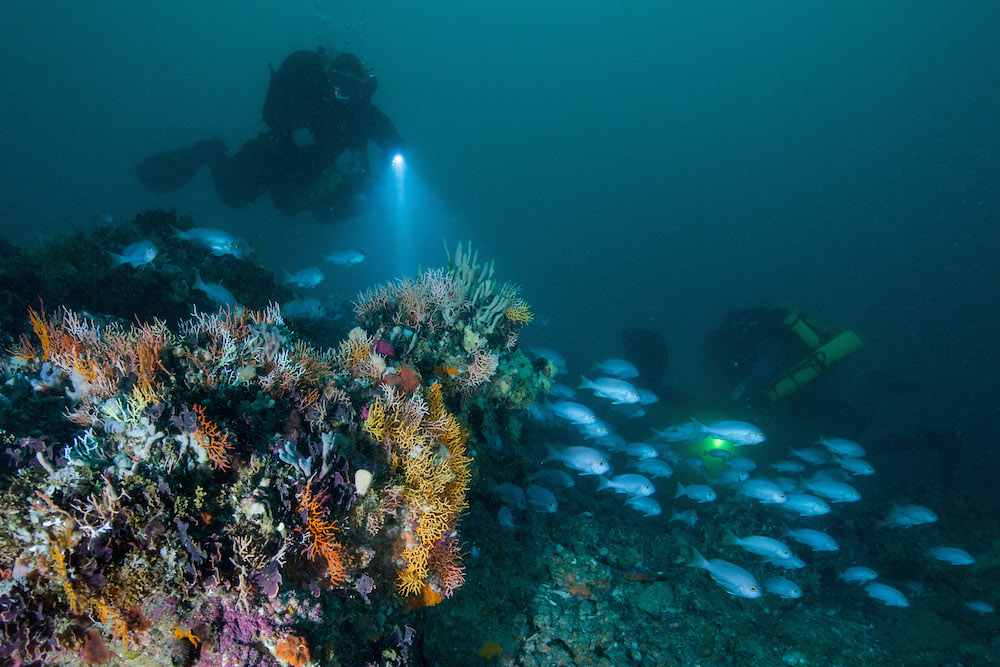
These five underwater sea spires, dubbed the "Drowned Apostles" as a nod to their above-ground equivalents, lurk about 165 feet (60 m) below the water's surface off the coast of Victoria, Australia. The sea stacks, which are made of limestone, were likely carved through erosion about 60,000 years ago, then flooded as sea levels rose.
Hidden structures

Rhiannon Bezore, a doctoral candidate in geography at the University of Melbourne in Australia, was surveying the seafloor with sonar when she encountered drowned cliffs and a handful of sea stacks. Here, a reconstruction of these underwater cliffs and their neighboring sea stacks.
Home to sea life
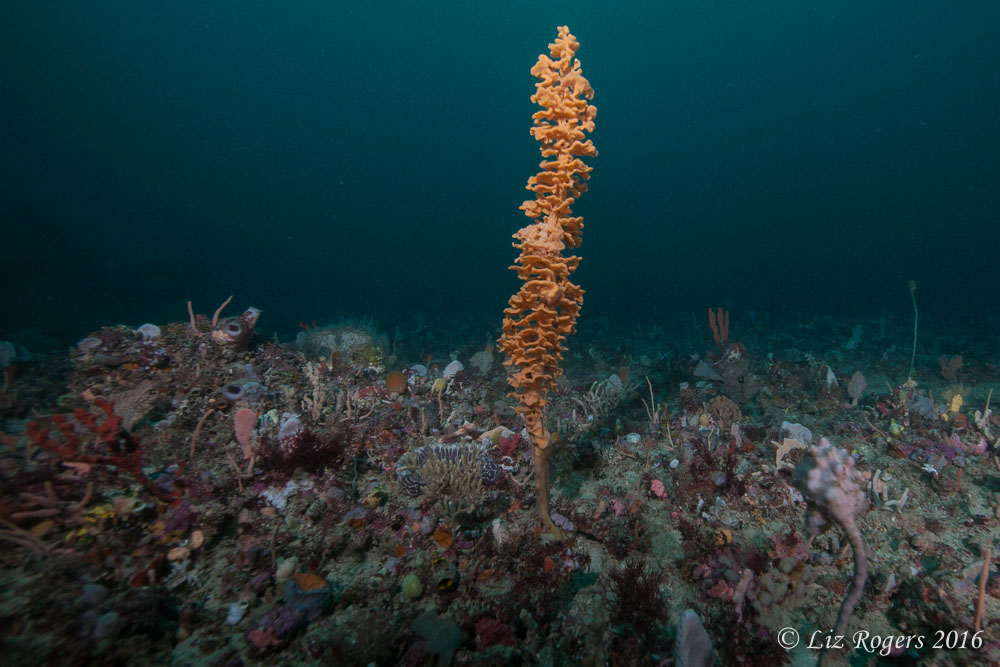
The Drowned Apostles are stubbier and wider than their land-based brethren. The highest apostle on shore is about 221 feet (67 m), while the tallest of the Drowned Apostles is just 21 feet (6 m). The underwater spires now serve as the home for marine life.
Teeming with Life
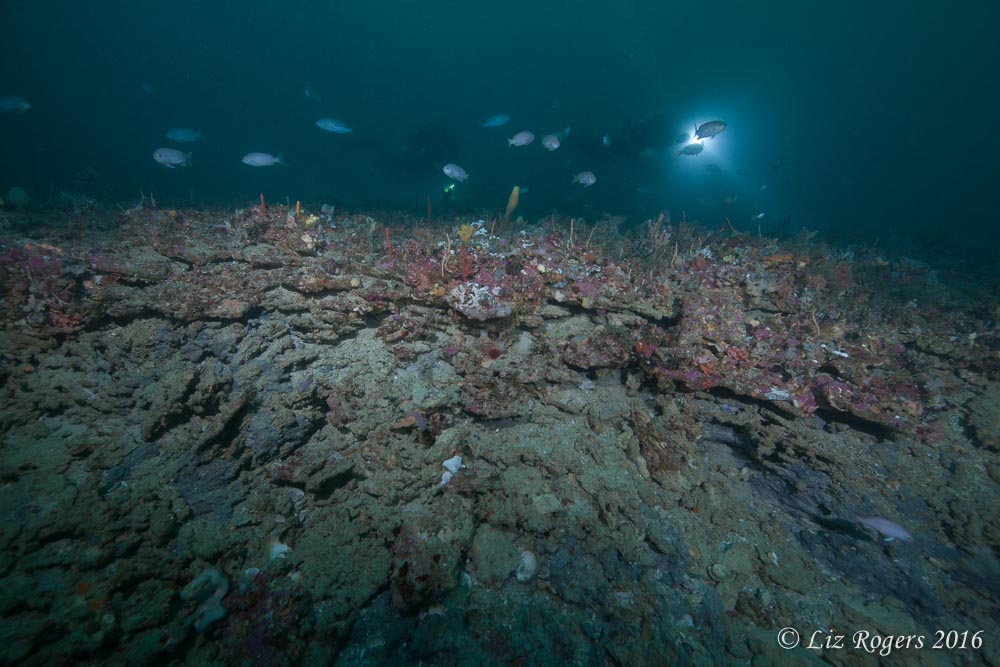
Here, a view of fish schooling over the sea stacks. These sea stacks are the first ones documented to exist underwater at such depth. Because these spires are so delicate, researchers didn't expect them to lurk so far beneath the water's surface.
Home to fish
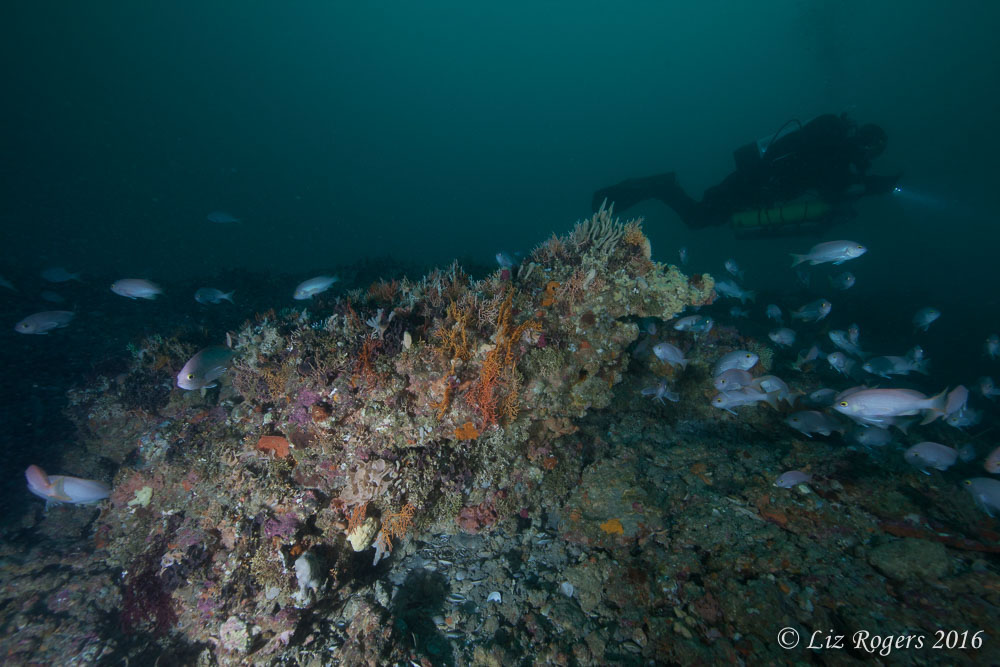
Here, a school of fish dart around above a submarine sea spire that was formed through erosion when the structure was above the water, about 60,000 years ago
Get the world’s most fascinating discoveries delivered straight to your inbox.

Tia is the editor-in-chief (premium) and was formerly managing editor and senior writer for Live Science. Her work has appeared in Scientific American, Wired.com, Science News and other outlets. She holds a master's degree in bioengineering from the University of Washington, a graduate certificate in science writing from UC Santa Cruz and a bachelor's degree in mechanical engineering from the University of Texas at Austin. Tia was part of a team at the Milwaukee Journal Sentinel that published the Empty Cradles series on preterm births, which won multiple awards, including the 2012 Casey Medal for Meritorious Journalism.


